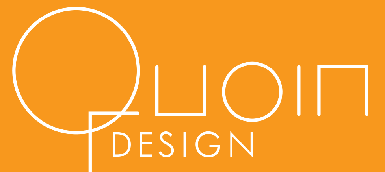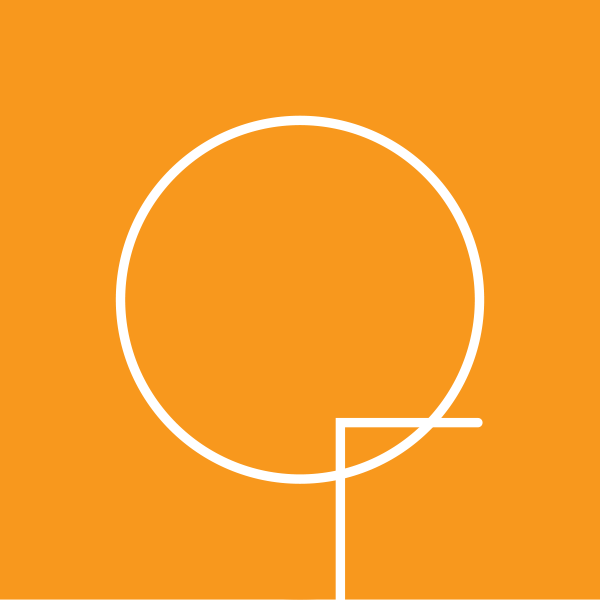This week’s New Yorker has a book review of a biography of Albert O. Hirschman, written by Malcolm Gladwell. Hirschman was an economist who was also a Spanish Civil War volunteer and an OSS agent during World War II. He had a peripatetic lifestyle that took him all over the world, but rarely, if ever, brought him to any hard conclusions about the so-called right way to build an economy.
In commenting on an apparently failed railroad project in the mid-1800’s, Hirschman wrote:
Creativity always comes as a surprise to us; therefore we can never count on it and we dare not believe in it until it has happened. In other words, we would not consciously engage upon tasks whose success clearly requires that creativity be forthcoming. Hence, the only way in which we can bring our creative resources fully into play is by misjudging the nature of the task, by presenting it to ourselves as more routine, simple, undemanding of genuine creativity than it will turn out to be.
In design we regularly jump into projects with only a sketchy concept of how they will turn out. Instead, if a completed project looks as we first imagined it, it’s almost certainly a failure and has to be scrapped and started again. Reality is always stranger stuff than our imagination.
Recently, I began a project that might have seemed easy. The client had delivered the concept on a silver platter: The logo was to combine two visual concepts in a way that seemed obvious. But, when those visuals were together on a page, we could see that they created associations that were entirely inappropriate for the company’s brand. It was a mess and had to be approached from a completely different angle.
A couple of days later, I got to go to the client and say, “I tried what you asked, and it didn’t work.” And I knew that by telling my client they were wrong, I’m doing my job. They took a good guess, but it didn’t work out. Once upon a time, I would have thought that I just hadn’t tried hard enough. The client loves what we came up with instead.
What does this uncertainty about creativity mean in commercial terms? In any profession, the problems are more often than not too complex to pinpoint the ultimate investment required to get to the solution, whether this is medicine, law, or design. We’re not making widgets, so we make the best guess we can and this guess is generally based on the average number of hours required for similar projects.
Annie Dillard describes the creative life in stark terms of anxiety and uncertainty. We jump into projects thinking we know what will be needed, only to be dragged through the mud. But in the end, we arrive somewhere entirely new, thrilled to be alive.


